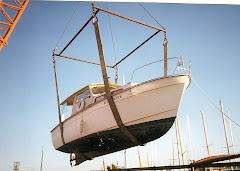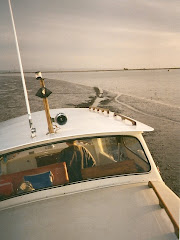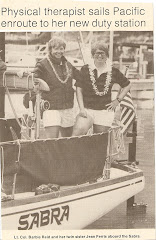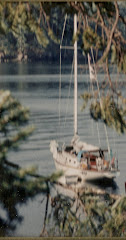Captain Vancouver wrote the following orders for this Expedition:
“On 20 May 1792 at 0400 hrs Lt Peter Puget, you are to disembark the HMS Discovery in the launch and in the cutter, Mr. Whidbey, Sailing Master, whose orders you are to follow. You are to proceed south keeping “the continental shore to starboard” at 3 days, should it appear to you that you are unable to finally determine its limits, and return to the ship by Thursday next and report to me an account of your proceedings, as to appearance of the country, its productions and inhabitants, if varying from what we have already seen. In search of the northwest passage linking the Atlantic to the Pacific.” Peter Puget's Journal: Blumenthal, Richard, editor of With Vancouver in Inland Washington Waters.
Captain Vancouver, Lt. Puget and Mr.Whidbey had sailed together in Jamaica prior to this voyage and Vancouver had hand picked this special crew: Lt. Peter Puget was 27 or 28 years old, but had been to sea since age 12 or 13, so had 24 years of naval experience under his belt. While being born in England, his ancestors were French Huguenots, who had fled during the Spanish inquisition. He was admired by his Naval superiors and highly respected by his troops. Puget achieved the rank of Rear Admiral in 1821 and died in 1822. After Lt. Puget’s exploration of the southern waters from 20-27 May 1792, Captain Vancouver named the southern waters, Puget’s Sound.
 |
| Joseph Whidbey |
Archibald Menzies, botanist and ship’s surgeon was Scottish and attended the University of Edinburgh. He was the oldest member of the Lt. Puget’s exploration at the age of 38.
1. Identified and named the beautifully red-barked Madrona tree for himself, arbutus menziesii, which he found on Protection Island in the Strait of Juan de Fuca.
2. Identified and named the Douglas Fir after himself, pseudotsuga menziesii.
3. Was the first non-native to climb the Hawaiian Volcano, Mauna Loa using the native, Ainopo Trail, which today is know as Menzies Trail.
4. To frequently concoct “spruce beer” to be drunk with the daily ration of rum. Some historians conclude this is the reason the HMS Discovery crew never suffered from Scurvy.
He often tried to learn the different languages of the Indian tribes in order to communicate with them. He graduated from the University of Aberdeen in 1799 with a Degree in Medicine. He retired from the Royal Navy in 1802 and continued practicing medicine in England.
He often tried to learn the different languages of the Indian tribes in order to communicate with them. He graduated from the University of Aberdeen in 1799 with a Degree in Medicine. He retired from the Royal Navy in 1802 and continued practicing medicine in England.
3rd Lt Thomas Manby, age 26, had gained much experience on board and Captain Vancouver had appointed him to 3rd Lt. He kept 2 journals, a personal one and one that he turned into Captain Vancouver. He lived to achieve the rank of Rear Admiral, however died from an opium overdose in 1825. He loved to hunt and had a favorite double barreled gun that his good friend the Marquis Townshend had given him.
Photos from Google Images













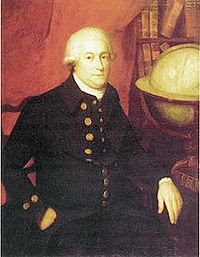
.jpg)







.JPG)



























.JPG)
.JPG)

.JPG)
.JPG)









